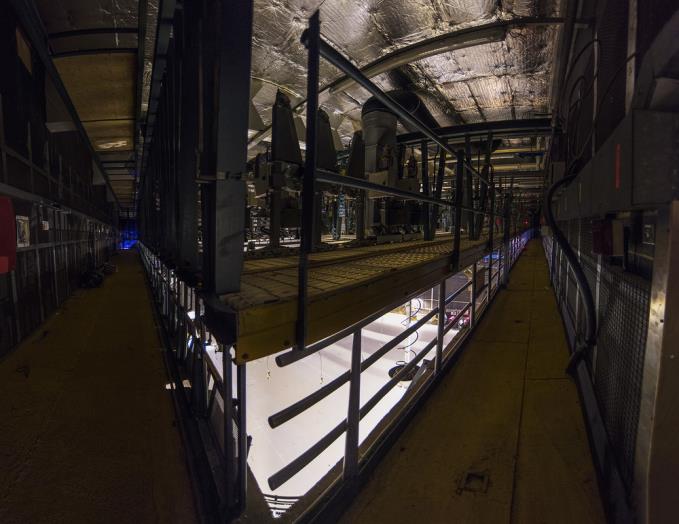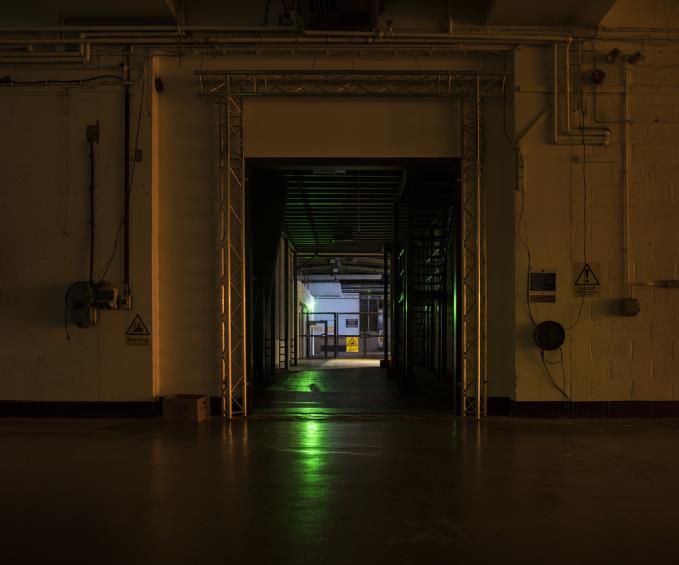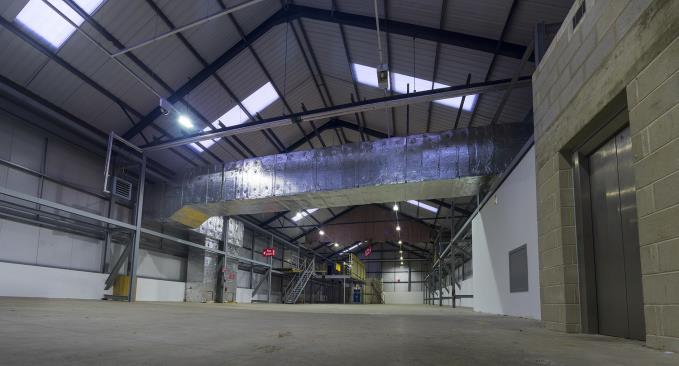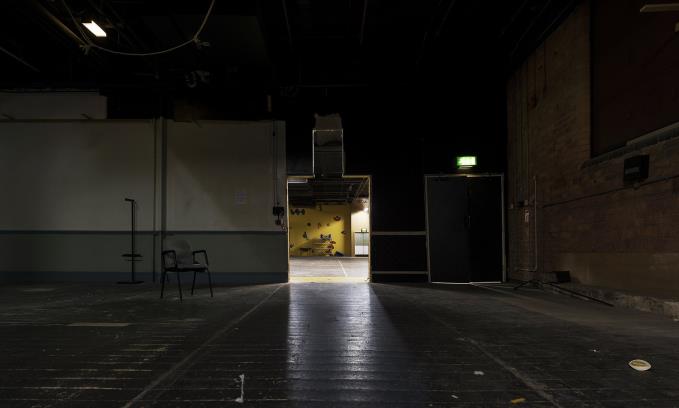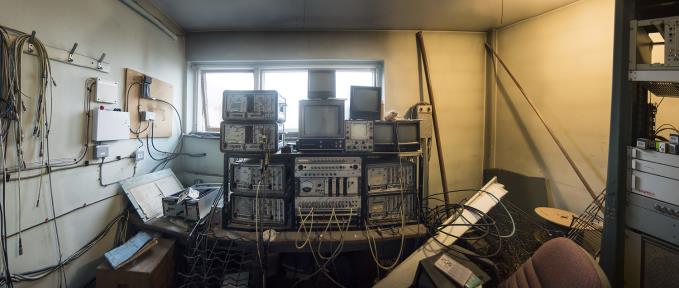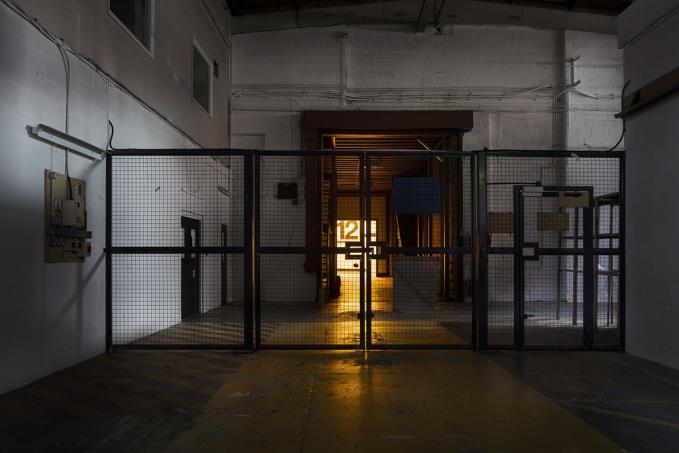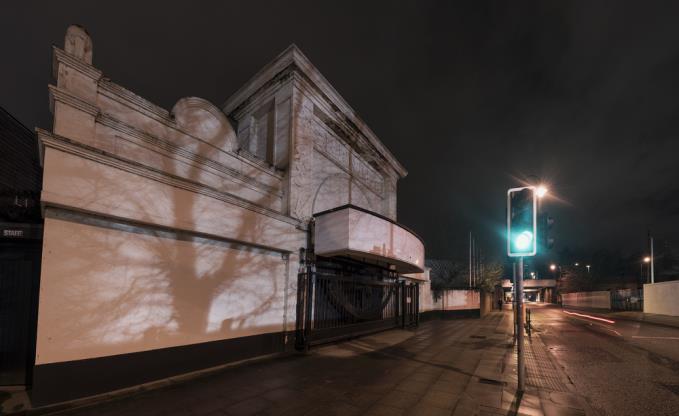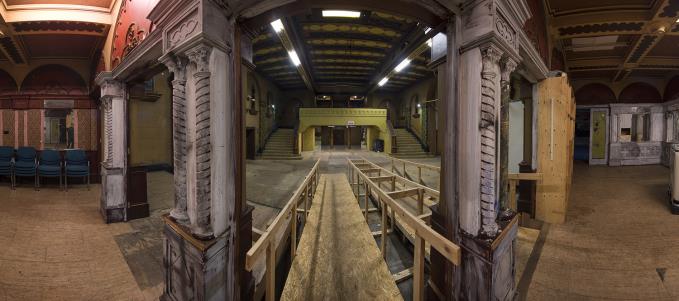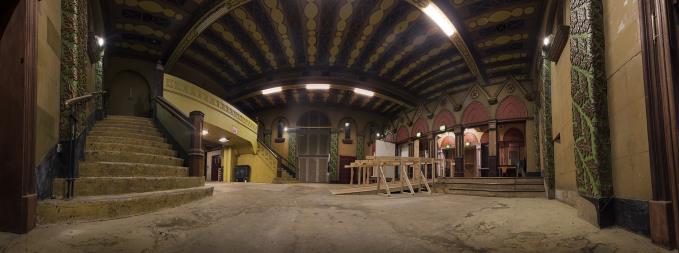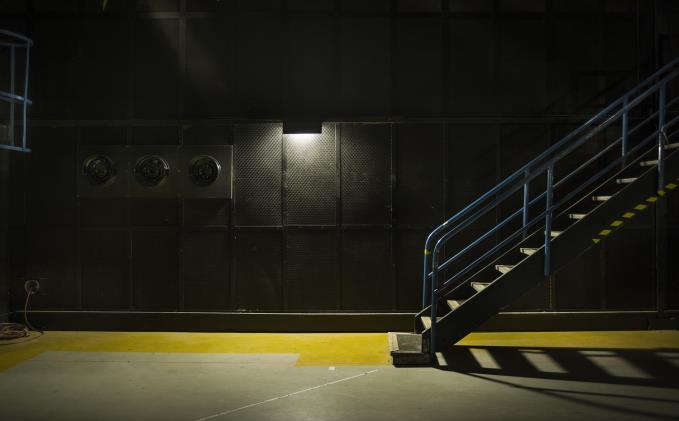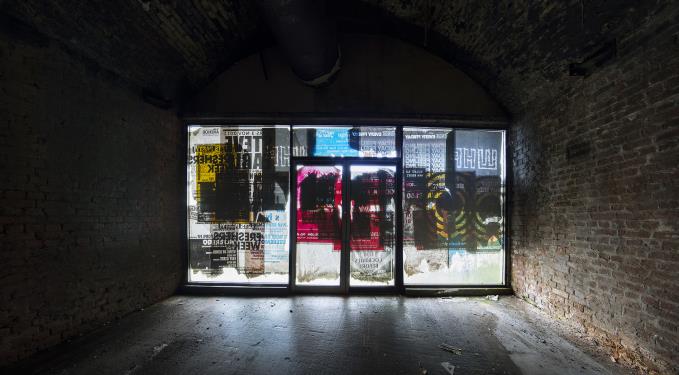AS THE advance of Manchester’s new £1bn St John’s project - incorporating thousands of new homes, a £110m arts centre, a cluster of interconnecting skyscrapers and two ‘world class hotels’ - looms large over Old Granada Studios, custodians Allied London have commissioned a new project to capture the ‘spirit, history and architecture’ of the iconic TV complex before development envelops the site.
...the project offers a fascinating, intimate and often ghostly insight into the heart, soul and belly of one of Manchester’s most important cultural sites
Combining advanced digital photography and creative ‘place-writing’, the Granadaland Gallery follows photographer Andrew Brooks and writer Hayley Flynn on an unrestricted tour around the mostly deserted former headquarters of Granada Television and later ITV.
Stumbling across abandoned dressing rooms, an underground canal and even a derelict 4D cinema (the first of its kind in Europe), the project offers a fascinating, intimate and often ghostly insight into the heart, soul and belly of one of Manchester’s most important cultural sites.
"With no one there to guide you, the confusion of the internal spaces is overwhelming," says Flynn. "Any room could be a set and a functional space at once; a staircase to get you from one floor to another is lined with mirrors to mimic a nightclub. The multi-purposing of space is fascinating.
"Our combined works aim is always the same: to highlight something hidden," she continues, "be that a space that has never been seen by the public or to uncover a story that surprises."
 This derelict Motion Master 4D cinema theatre was the first of its kind in Europe and cost $1m to buy from America
This derelict Motion Master 4D cinema theatre was the first of its kind in Europe and cost $1m to buy from America
 Remarkably, the short-Manchester and Salford Junction canal still lies beneath the studios
Remarkably, the short-Manchester and Salford Junction canal still lies beneath the studios
Built in 1954 and designed by architect Ralph Tubbs - famous for his Dome of Discovery at the 1951 Festival of Britain on South Bank - Granada Studios first began transmitting to the North West of England in 1956. It would go on to host The Beatles’ first ever televised performance and become home to some of the era's most important and influential programmes, from the world’s longest running soap opera, Coronation Street, to pioneering investigative journalism series, World in Action.
Spearheaded by its charismatic founding father Sidney Bernstein, Granada Television became the only surviving company of the original 'Big Four' Independent Television Authority (ITA) franchises, and would later be described by the New York Times as ‘the finest television company in the world’.
READ MORE: First look inside London Road Fire Station
In July 1988, Granada invested £25m in the Granada Studios Tour and themepark on a site directly next to the Quay Street studios. Billed as 'Europe's Biggest Film and Television Day Out', at its peak the theme park pulled in up to 4,500 visitors a day. Many remnants of the theme park, which eventually closed in 2001, can still be see dotted around the site today (see below).
"Our aim is to open the doors to the studios the public may never have seen," explains Katie Popperwell, Director of Culture at St John’s, "to celebrate the achievements and moments that happened here and to ensure its legacy lives on beyond bricks and mortar.”
ITV finally relocated from Granada Studios to MediaCityUK in 2013, paving the way for Allied London to snap up the thirteen acre site (for £26.5m in a joint venture partnership with Manchester City Council), with plans to begin work on the ambitious St John's masterplan sometime next year.
You can see the Granadaland Gallery in full and read the accompanying field notes at granadalandgallery.com

